| Claughton cum Grange Clahton (1260). Town on a rock or hillock or Farm on a rock or hillock. From Old Norse klakkr tun. Claghton 1272; Clatton 1282; Clayton 1303. |
|
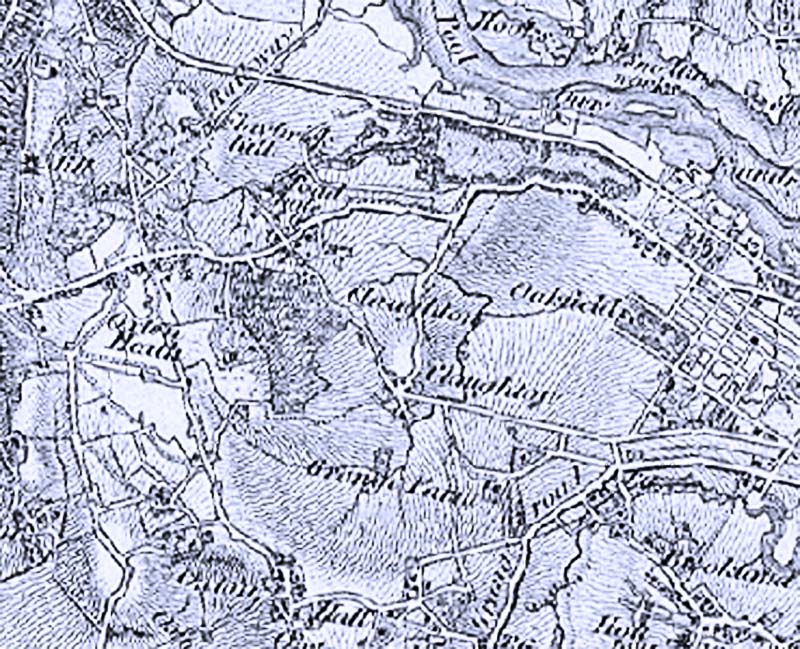 The present village of Claughton is centre left below Flaybrick Hill at Toad Hole |
|
| Claughton with Grange (or Claughton cum Grange)
was a township in the ancient parishes of Bidston and Woodchurch, Wirral
hundred, which became a civil parish in 1866. The civil parish was
abolished in 1898 to become part of Birkenhead. It included the hamlets
of Birkenhead Park and Flaybrick. The population was 67 in 1801 and 714
in 1851. On march 31st 1898 incorporated into Birkenhead (pop. 3920 in
1901). Churches and Chapels that were inclusive with Claughton cum Grange. Bidston: St. Oswald (Church of England). The ancient parish church for the greater part (395 acres, pop. 2073 in 1871). Woodchurch: Holy Cross (Church of England). The ancient parish church for the smaller part (44 acres, pop. 364 in 1871). Claughton: Christ Church (Church of England). Built in 1849 as a chapel to Bidston: St. Oswald, becoming the district church for part of Claughton with Grange from 1876. Oxton: St. Saviour (Church of England). The district church for part of Claughton with Grange from 1851 Claughton: St. Michael & All Angels (Church of England). Built in 1858 as a chapel to Christ Church, becoming a district church in 1912. Claughton, Friends' Meeting House (Quakers). Park Road South/Slater Street. Founded in 1836. Claughton, Trinity Presbyterian Church (Church of England), Beresford Road. Founded in 1863, Built in 1866. |
Why Claughton-cum-Grange? The Wirral peninsula was divided into districts many centuries ago. The letters 'ton' at the end of a name probably mean a village or small town. Thus we have Storeton, Oxton and Claughton. Grange means a farm or centre where grain was stored. There was a Grange Farm near the top of Grange Road which supplied the priory at Woodside with grain From the elongated shape of the district of Claughton cum-Grange it would seem that the area of the Grange Farm was added to the district of Claughton making Claughton-cum(with) Grange. The boundary line between the districts of Oxton and Claughton-cum-Grange runs along Slatey Road, Bessborough Road, Bennetts Hill, Claughton Firs, Palm Hill, Palm Grove and along Shrewsbury Road to Claughton Village. Thus Christ Church stands in a corner of the district of Claughton very close to the boundary with Oxton. An area known as Wolverton appears to have vanished into the Claughton area. |
|
In 1840 a Liverpool businessman, William Potter, obtained permission through an Act of Parliament to build a church "in the township of Claughton-cum-Grange in the County of Chester." Mr Potter bought apiece of land on the "south side of the road leading from Birkenhead to Oxton" from a Mr Ball and his son who had originally purchased a large area of Claughton in November 1836 from a Welshman named Price. The church was finished in 1849. It flourished from the beginning, although it was not consecrated for five years. The building had cost £9,000 to erect and when Mr Potter got into financial difficulties the building and land reverted to Mr Ball. A public appeal was then made to raise money to purchase the building for £4,000. In the appeal it was made clear that the church was to be "dedicated to the preaching of Evangelical and Protestant Truth in perpetuity." The money was raised, the congregation contributed £1,200 of this and a board of trustees made up of three clergy and four laymen were appointed to oversee the church. |
Place names that appear in connection with
Claughton cum Grange:
Boundary Road
Bridge End
Claughton
Flaybrick Hill, Upper Flaybrick Road
Gill Brook Basin
Grange
Lingdale Hill
North Birkenhead
Oakfield
Oxton Road
Sharps House Farm
Slatey Road
The Taskar
Toad Hole Farm
|
| As Mr Ball senior died at the time Mr Potter went bankrupt, there were legal problems and the building was not consecrated until Friday 3rd March 1854 when Bishop John Graham D.D. performed the ceremony. The land on which Christ Church was built was in the parish of St Oswald in Bidston and remained within the boundary until 1876. Then the new parish of Christ Church was formed from parts of St Oswald's, St John's, St Saviour's and St Catherine's parishes. |
http://www.thepeerage.com/pd133.htm some of the above was written by a Joan Evans but there is no contact point to see if she had any images etc. |
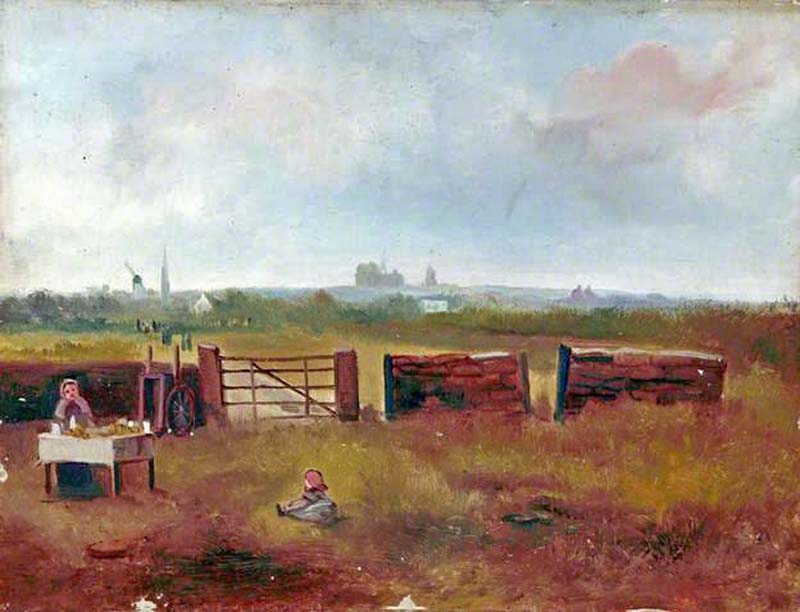 View from Bidston Ave Claughton cum Grange |
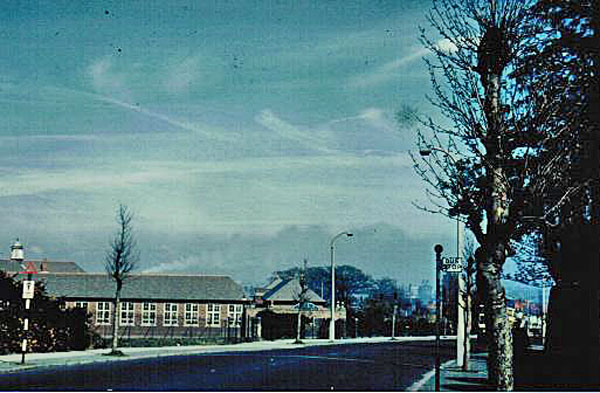 |
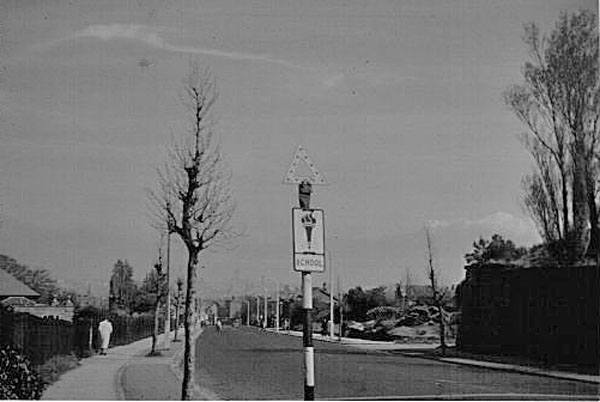 Claughton 1955 |
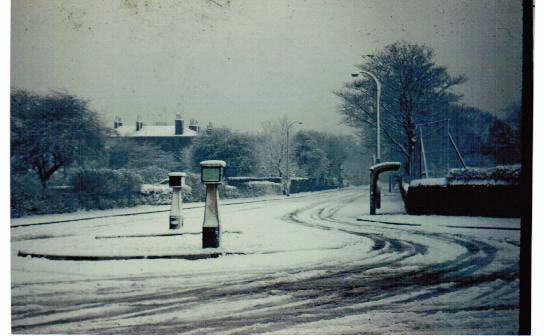 Claughton 1955 |
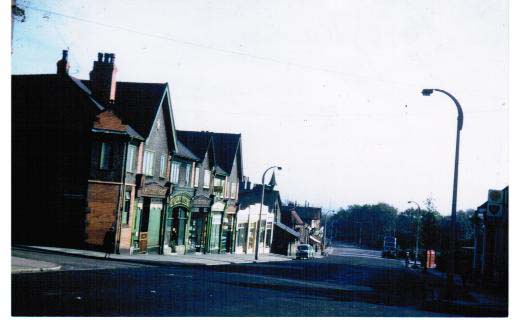 Claughton 1955 |
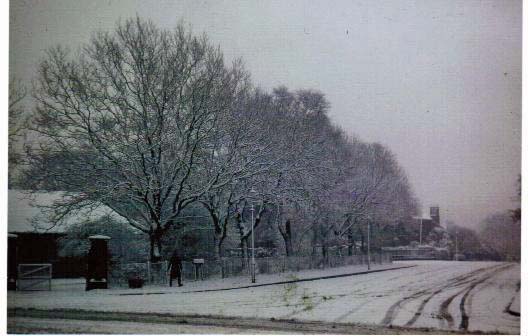 Claughton 1955 |
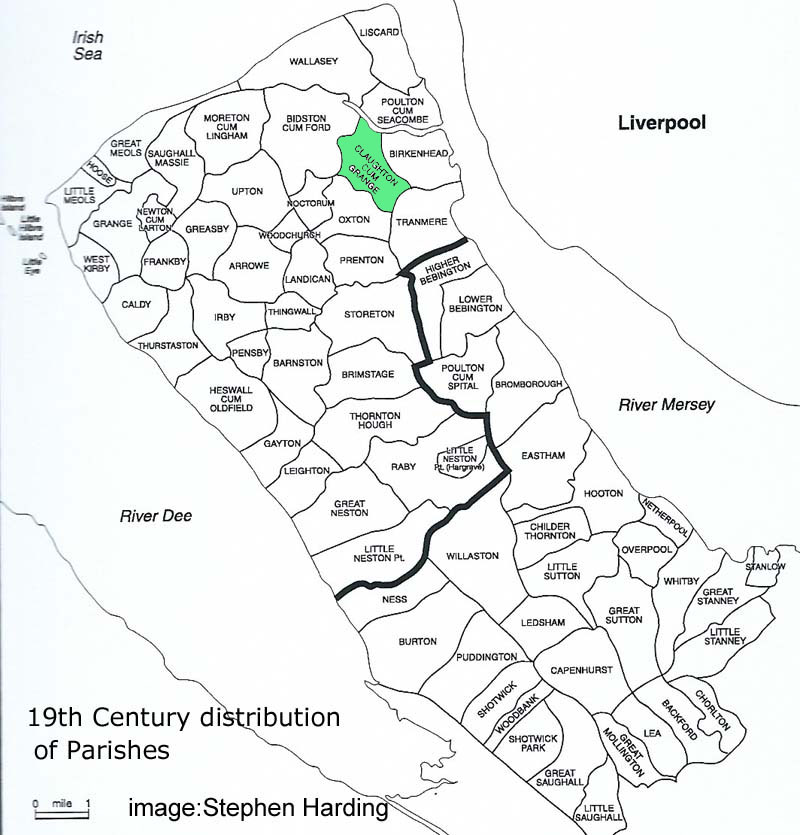 Showing the location of Claughton Cum Grange and its neighbours |
|
|
In 1870-72, John Marius Wilson's Imperial Gazetteer of England and Wales described Claughton like this:
|
 |
| http://www.visionofbritain.org.uk/place/22428 | |